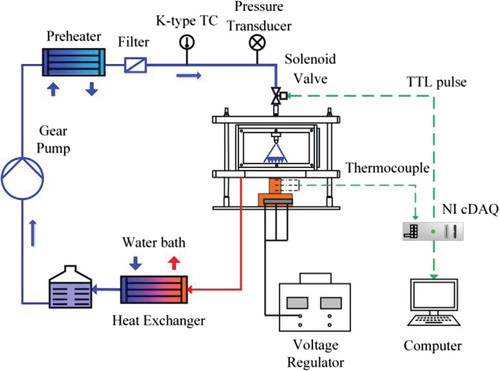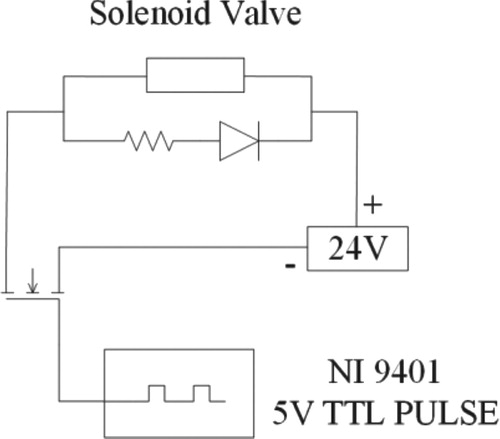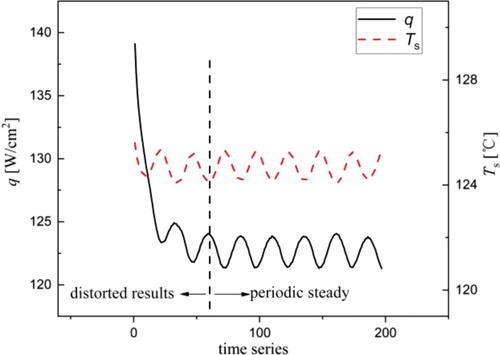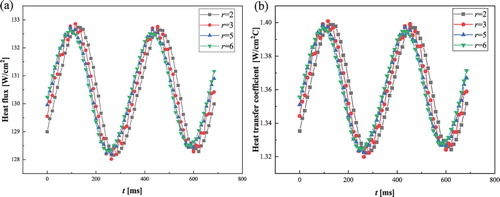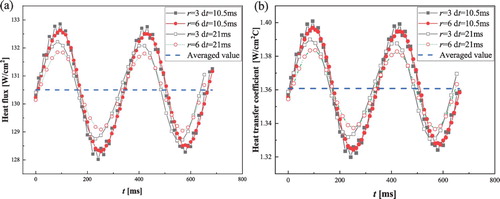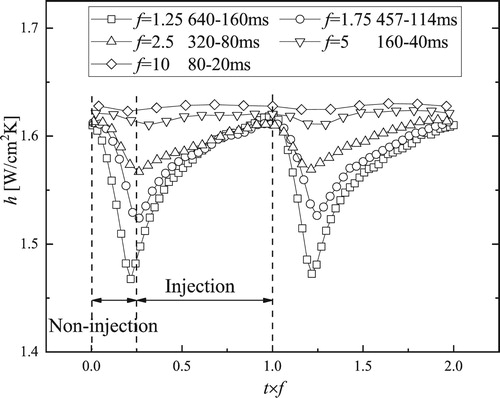Figures & data
Table 1 Detailed information of experimental devices
Figure 3. One-dimensional inverse heat conduction problem (not scaled, unit: mm): (a) copper block; (b) calculating domain.
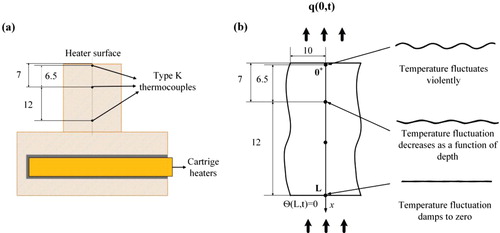
Table 2 Parameters of the numerical experiments.
Figure 6. Comparison between the exact and estimated heat flux (dt = 10 ms, T = 26 ms) for different regularization parameters r.
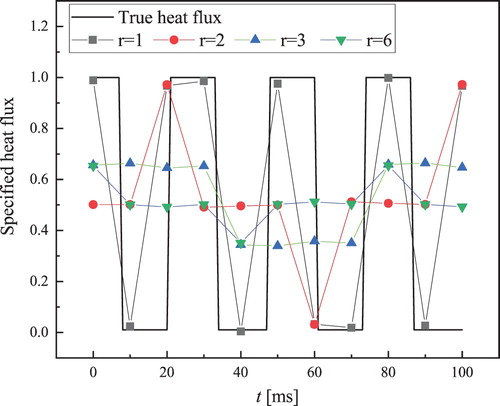
Figure 7. Comparison between exact and estimated heat flux (dt=10 ms, T=26 ms) for different random noises σ.
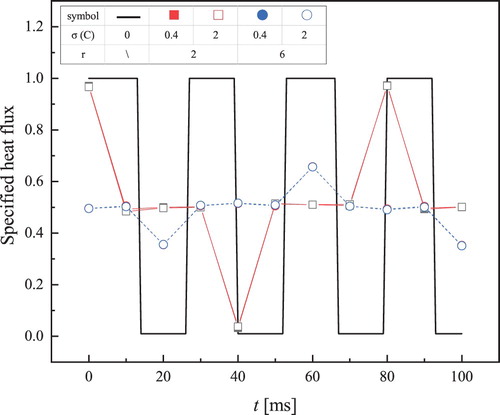
Figure 8. Comparison between exact and estimated heat flux (r = 2 ms, = 0.4°C) for different time steps
: (a) T = 26 ms; (b) T = 330 ms.
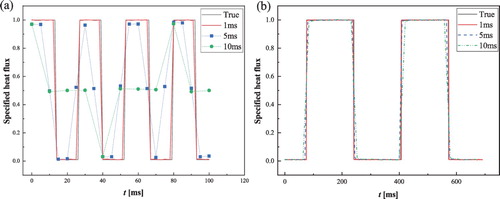
Figure 9. Comparison of standard deviation versus bias B for different time steps
and pulse periods T.

Figure 10. Typical fluctuations in control voltage, surface temperature, and heat flux at f = 2.5 Hz, DC = 80%, q = 122.8 W/cm2 .
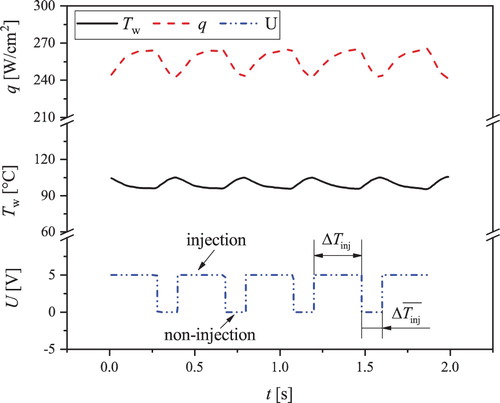
Figure 12. Transient behaviour of residual coolant on the heated surface in the non-injection duration () at t′ = 0, t′ = 0.33, t′ = 0.66 and t′ = 1
.



